By Scott Boggess, CSP, CIE, Director of Safety and Health, Preferred Employers Insurance
This article was originally printed in the March/April 2024 issue of the California Veterinarian magazine.
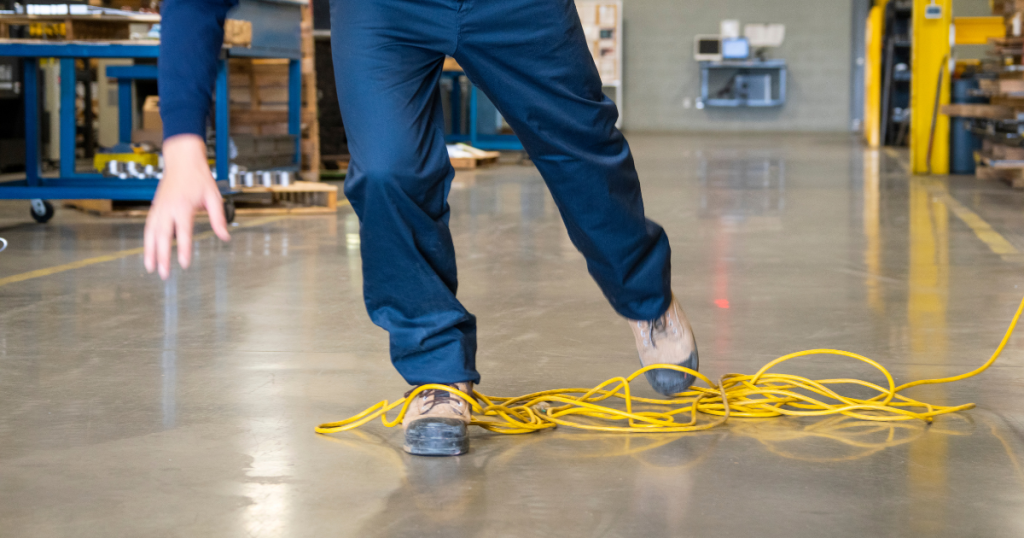 As you navigate the hustle and bustle of your veterinary practice, it’s crucial to address a sometimes silent but significant threat to your daily operations: slips, trips, and falls. These seemingly innocuous incidents can have serious consequences, impacting not only the well-being of your dedicated staff but also the quality of care you provide to your furry patients. Here, we will shed light on practical strategies and best practices to create a safer working environment and prevent accidents and injuries.
As you navigate the hustle and bustle of your veterinary practice, it’s crucial to address a sometimes silent but significant threat to your daily operations: slips, trips, and falls. These seemingly innocuous incidents can have serious consequences, impacting not only the well-being of your dedicated staff but also the quality of care you provide to your furry patients. Here, we will shed light on practical strategies and best practices to create a safer working environment and prevent accidents and injuries.
Understand the Risks: Identifying Potential Hazards
The first step in preventing slips, trips, and falls is recognizing the areas and activities that pose a risk. Conduct a thorough audit of your clinic’s premises, paying close attention to:
- Floor Surfaces: Assess the condition of the floors, looking out for uneven surfaces, damaged tiles, or slippery spots. Consider investing in slip-resistant mats in areas prone to spills, such as grooming and bathing stations.
- Clutter: Keep hallways, treatment rooms, and workspaces free from unnecessary obstacles. Encourage staff to store equipment and supplies in designated areas, avoiding the temptation to leave items in walkways.
- Footwear: Ensure that employees wear appropriate footwear with slip-resistant soles. Veterinary clinics often involve unpredictable situations, and having the right footwear can significantly reduce the risk of accidents.
Establish a Proactive Safety Culture: Education and Training
Prevention begins with awareness. Conduct regular training sessions to educate your team about the importance of maintaining a safe work environment. Include the following elements in your slip and fall prevention training program:
- Risk Awareness: Train employees to identify potential hazards and report them promptly. Encourage a culture of open communication, where team members feel empowered to share concerns about safety.
- Proper Lifting Techniques: In a veterinary clinic, staff often handle animals of varying sizes. Provide training on animal restraint techniques to reduce the risk of strains and falls when working with excitable or anxious patients.
- Emergency Procedures: Equip your team with the knowledge and skills to respond swiftly and effectively in case of a spill or accident. Having well-defined emergency procedures can minimize the impact of an incident and ensure a coordinated response.
Invest in Infrastructure: Upgrading for Safety
Enhancing the physical environment of your clinic is an investment in both the well-being of your team and the reputation of your practice. Consider the following upgrades:
- Lighting: Adequate lighting is essential to identify potential hazards. Ensure that all areas of the clinic are well-lit, especially staircases, hallways, and outdoor pathways.
- Handrails: Install sturdy handrails along staircases and ramps. This simple addition provides crucial support and stability, reducing the risk of falls, especially in areas where staff might be carrying equipment or animals.
- Flooring Solutions: Invest in high-quality, slip-resistant flooring in critical areas like treatment rooms, grooming stations, and reception areas. This can make a significant difference in preventing slips and falls, even in the face of unexpected spills.
Regular Maintenance: Sustaining a Safe Environment
Creating a safe working environment is an ongoing process. Implement a routine maintenance schedule to address potential hazards promptly:
- Floor Inspections: Regularly inspect the condition of the floors and address any issues immediately. Promptly repair or replace damaged tiles and address any uneven surfaces.
- Housekeeping Practices: Encourage a proactive approach to cleanliness. Implement a daily cleaning routine, especially in areas prone to spills or accidents. Quick responses to spills can prevent slips and falls.
- Equipment Checks: Regularly inspect and maintain all equipment to ensure proper functionality. Malfunctioning equipment can contribute to accidents, so timely repairs are essential.
By adopting a holistic approach to safety, you can create a work environment that not only safeguards your team but also enhances the overall efficiency and reputation of your veterinary clinic. Remember, an investment in safety is an investment in the well-being of your staff, the quality of your patient care, and the long-term success of your practice.

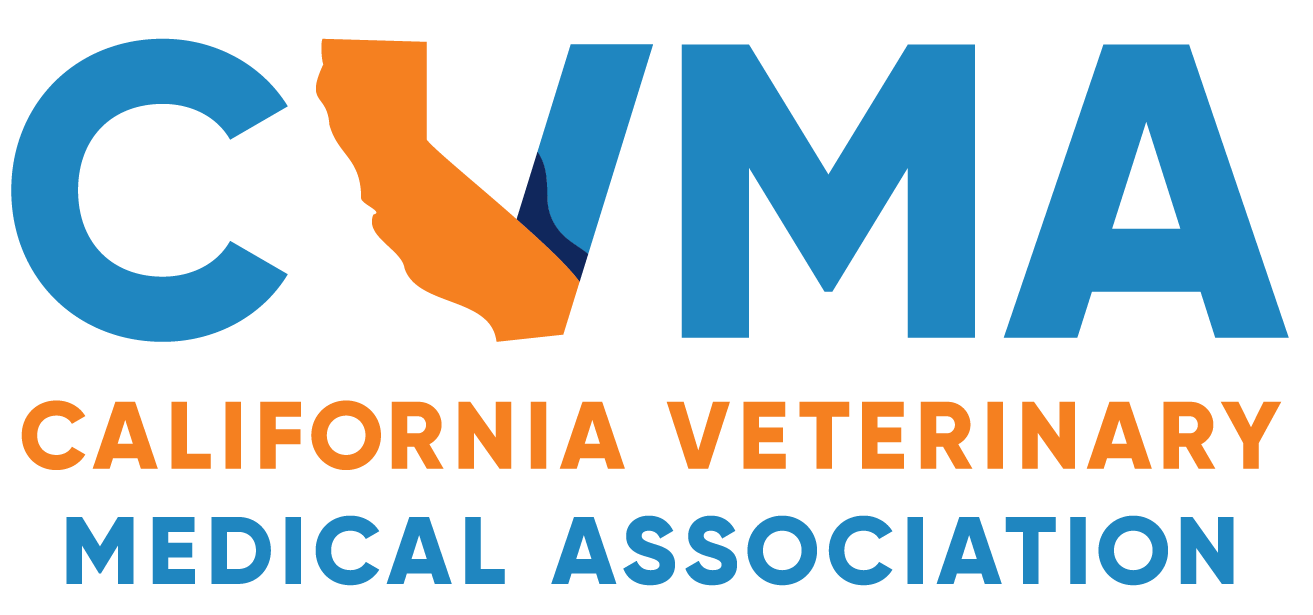
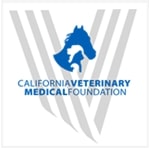

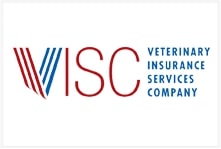
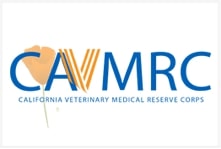


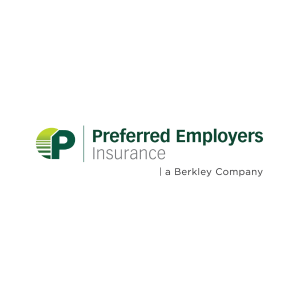
 As you navigate the hustle and bustle of your veterinary practice, it’s crucial to address a sometimes silent but significant threat to your daily operations: slips, trips, and falls. These seemingly innocuous incidents can have serious consequences, impacting not only the well-being of your dedicated staff but also the quality of care you provide to your furry patients. Here, we will shed light on practical strategies and best practices to create a safer working environment and prevent accidents and injuries.
As you navigate the hustle and bustle of your veterinary practice, it’s crucial to address a sometimes silent but significant threat to your daily operations: slips, trips, and falls. These seemingly innocuous incidents can have serious consequences, impacting not only the well-being of your dedicated staff but also the quality of care you provide to your furry patients. Here, we will shed light on practical strategies and best practices to create a safer working environment and prevent accidents and injuries.
